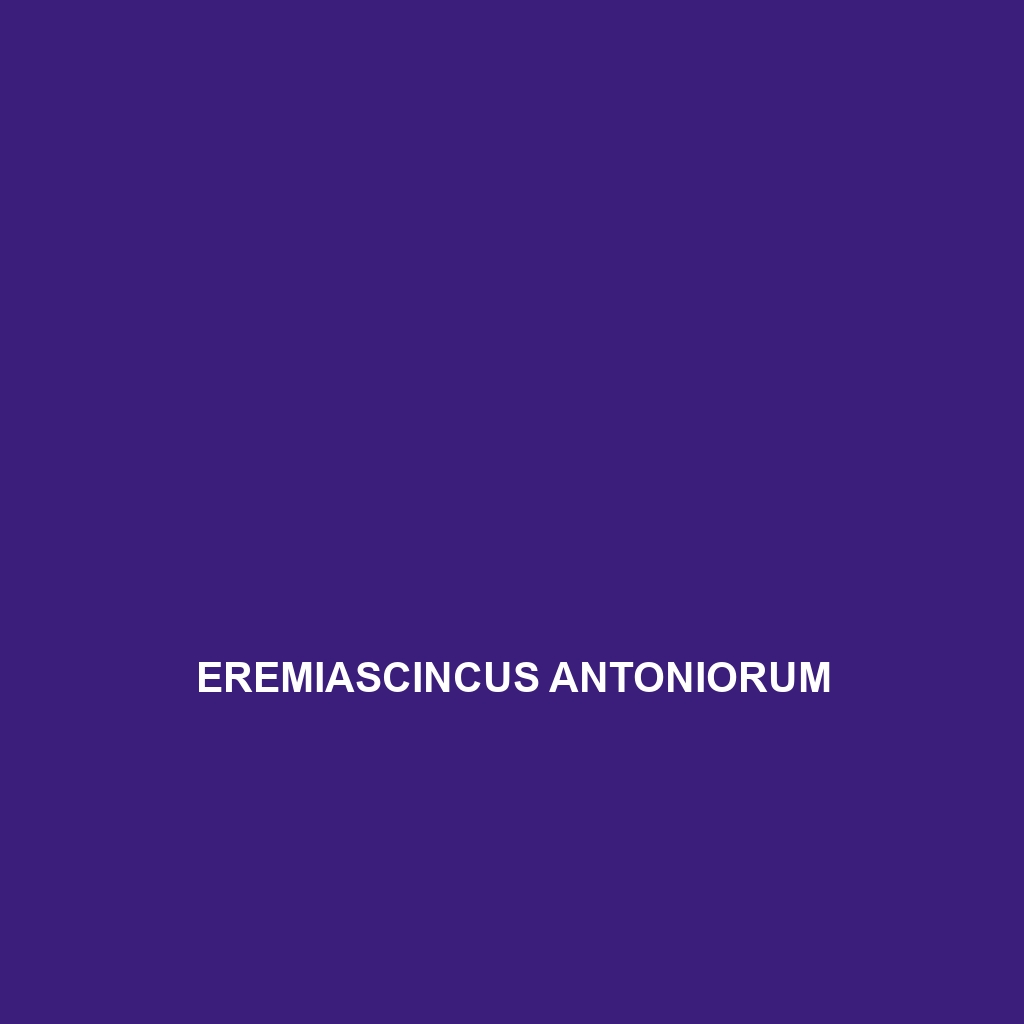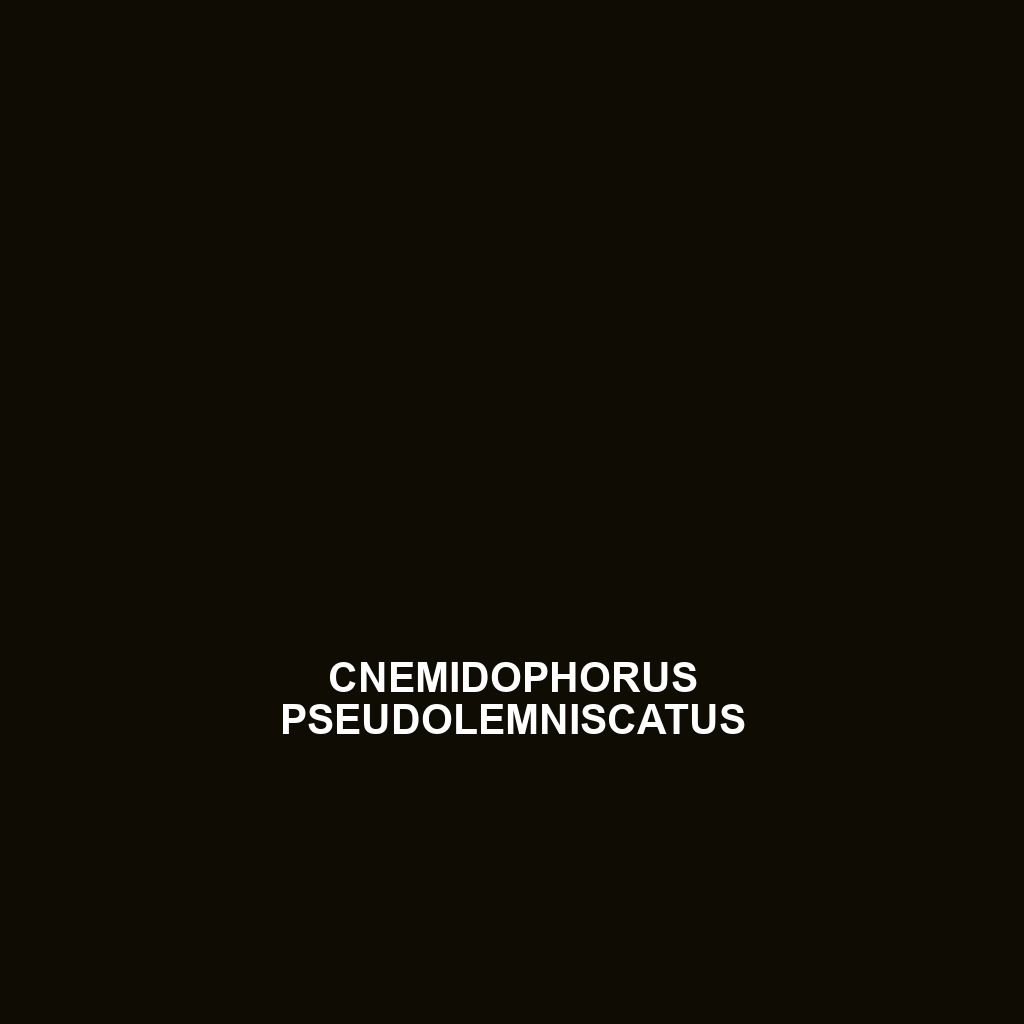Discover the <b>round-tailed horned lizard</b> (<i>Phrynosoma coronatum</i>), a fascinating insectivore native to the arid and semi-arid regions of the southwestern United States and northern Mexico. With distinctive "horns" above its eyes and a unique ability to camouflage, this resilient lizard plays a vital role in its ecosystem by controlling insect populations.
Tag: sandy habitat lizards
Phrynocephalus persicus
Discover the fascinating Phrynocephalus persicus, or Persian toad-headed agama, known for its remarkable adaptation to arid environments of Iran, featuring a robust, flattened body, and distinctive color-changing abilities that aid in camouflage. This insectivorous lizard plays a crucial role in maintaining the balance of desert ecosystems by controlling insect populations while serving as an essential food source for larger predators.
Phrynocephalus kulagini
<p>The <b>Phrynocephalus kulagini</b>, or Kulagin's toad-headed agama, is a diurnal lizard native to arid regions of Central Asia, featuring a unique flattened body and broad head, allowing it to camouflage and burrow in sandy environments. Primarily insectivorous, these lizards play a vital role in controlling insect populations and maintaining ecological balance.</p>
Mesalina bahaeldini
Discover the fascinating <b>Mesalina bahaeldini</b>, a slender lizard native to arid regions of the Middle East, known for its sandy brown coloration and exceptional adaptations to extreme temperatures. As an insectivore, it plays a vital role in its ecosystem by controlling insect populations and supporting biodiversity in its desert habitat.
Eremias yarkandensis
The Eremias yarkandensis, commonly known as the Yarkand racerunner, is a slender, agile lizard native to the arid regions of Central Asia, measuring 15 to 25 cm in length with pale brown or beige coloration and darker stripes. This diurnal insectivore plays a vital role in its ecosystem by controlling insect populations and serving as prey for larger predators.
Eremias isfahanica
<p>The <b>Eremias isfahanica</b>, or Isfahan racerunner, is a diurnal lizard native to arid regions of Central Iran, featuring a slender body that reaches lengths of 20 to 30 cm and distinctive dark stripes for camouflage. Known for its remarkable speed and insectivorous diet, it plays a crucial role in controlling insect populations in its desert ecosystem.</p>
Eremias fahimii
<p><b>Eremias fahimii</b>, a medium-sized lizard found in Central Asia's arid regions, exhibits a slender body, sandy beige to light brown coloration, and swift movement adapted for its diverse environments. This insectivorous species plays a vital role in its ecosystem by regulating insect populations and serving as prey for larger predators.</p>
Ctenophorus dualis
Discover the Ctenophorus dualis, or dual-striped ctenophore, a medium-sized lizard known for its striking dual stripes and agile behavior. Found in eastern Australia's arid regions, this insectivorous species plays a crucial role in maintaining ecological balance while showcasing remarkable camouflage and vibrant coloration.
Cnemidophorus pseudolemniscatus
Cnemidophorus pseudolemniscatus Common Name: Cnemidophorus pseudolemniscatus Scientific Name: Cnemidophorus pseudolemniscatus Habitat Cnemidophorus pseudolemniscatus is primarily found in the dry and arid regions of Central and South America. Its range includes countries such as Guatemala, Honduras, Nicaragua, and parts of Costa Rica. This species often inhabits sandy or rocky terrains, often seeking shelter in bushy areas […]








